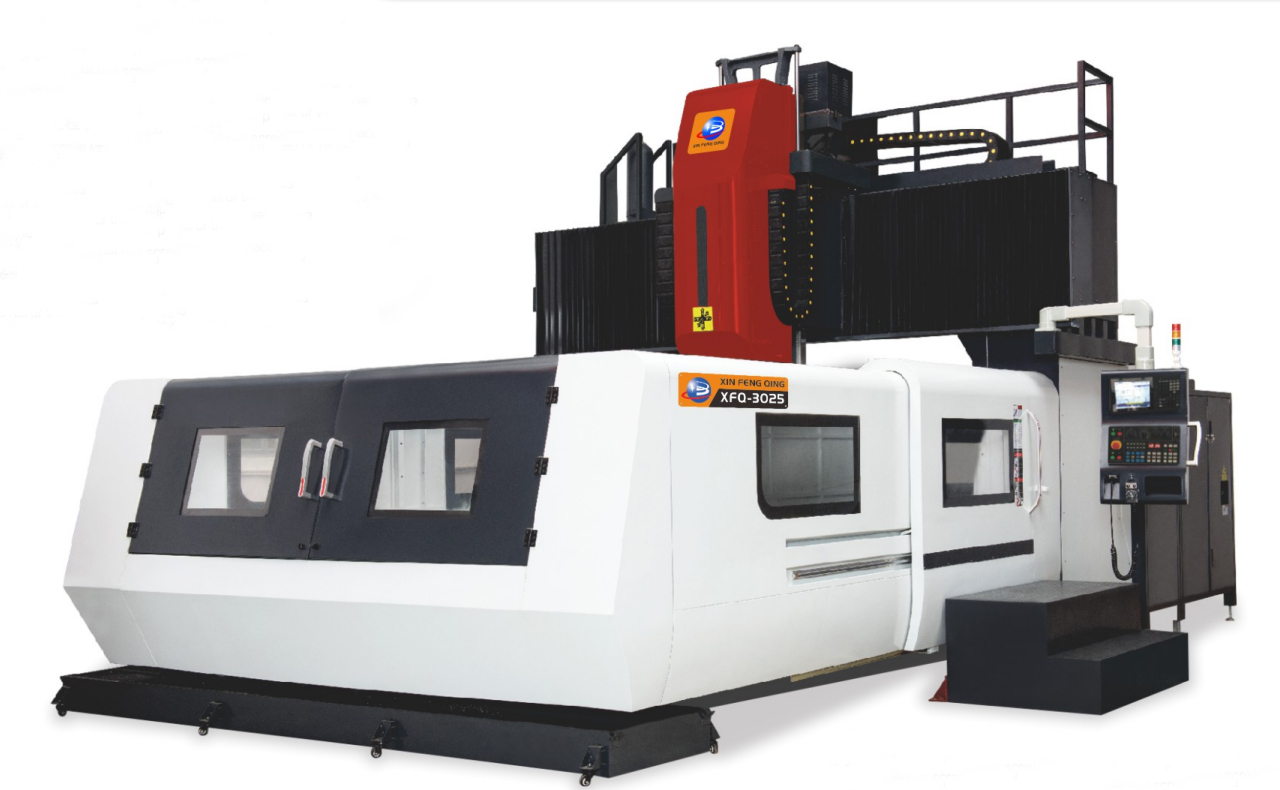In today's fast-paced world, electronics have become an integral part of our daily lives. From smartphones to laptops, televisions to smart home devices, we rely on electronics for communication, entertainment, and convenience. But have you ever wondered when electronics became popular? In this blog post, we will delve into the fascinating journey of electronics and explore the key milestones that led to their widespread popularity.
- The Birth of Electronics:
Electronics as a field emerged in the late 19th century with the invention of the vacuum tube by Thomas Edison and the subsequent development of the transistor by John Bardeen, Walter Brattain, and William Shockley. These breakthroughs laid the foundation for modern electronic devices. - The Rise of Consumer Electronics:
The popularity of electronics began to soar in the mid-20th century, primarily driven by advancements in technology and increased affordability. The introduction of the television in the 1950s revolutionized entertainment, bringing visual content into people's homes. This marked the beginning of the consumer electronics era. - The Computer Revolution:
The 1970s witnessed a significant turning point in the popularity of electronics with the advent of personal computers. Companies like Apple and IBM introduced user-friendly computers that appealed to both businesses and individuals. This era marked a shift towards electronics becoming more accessible and user-friendly. - The Digital Age:
The 1990s saw the rise of the digital revolution, which further propelled the popularity of electronics. The development of digital cameras, portable music players, and mobile phones transformed the way we capture moments, listen to music, and communicate. The convergence of various technologies into a single device, such as smartphones, made electronics an indispensable part of our lives. - The Internet of Things (IoT):
In recent years, the concept of the Internet of Things has gained immense popularity. IoT refers to the interconnection of everyday objects with the internet, enabling them to send and receive data. This has led to the emergence of smart home devices, wearable technology, and connected cars, further integrating electronics into our daily routines.
Conclusion:
The journey of electronics from their inception to widespread popularity has been a remarkable one. Starting with the invention of the vacuum tube and transistor, electronics gradually became more accessible and user-friendly, leading to their integration into various aspects of our lives. Today, we cannot imagine a world without electronics. As technology continues to advance, we can expect further innovations that will shape the future of electronics and enhance their popularity even more.





+ There are no comments
Add yours